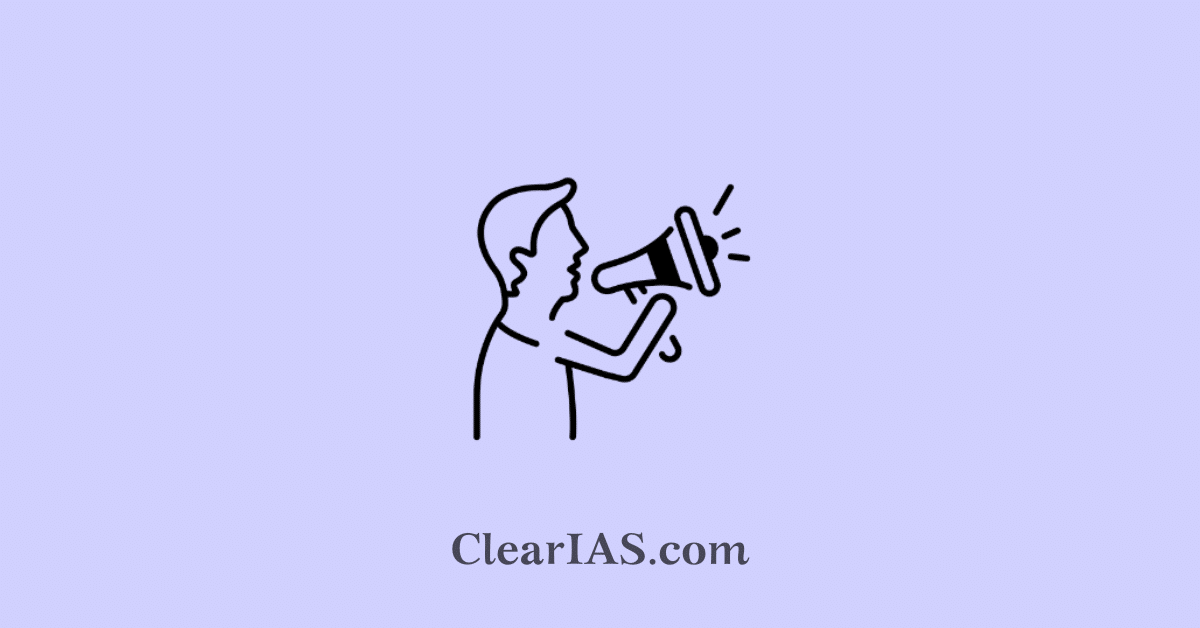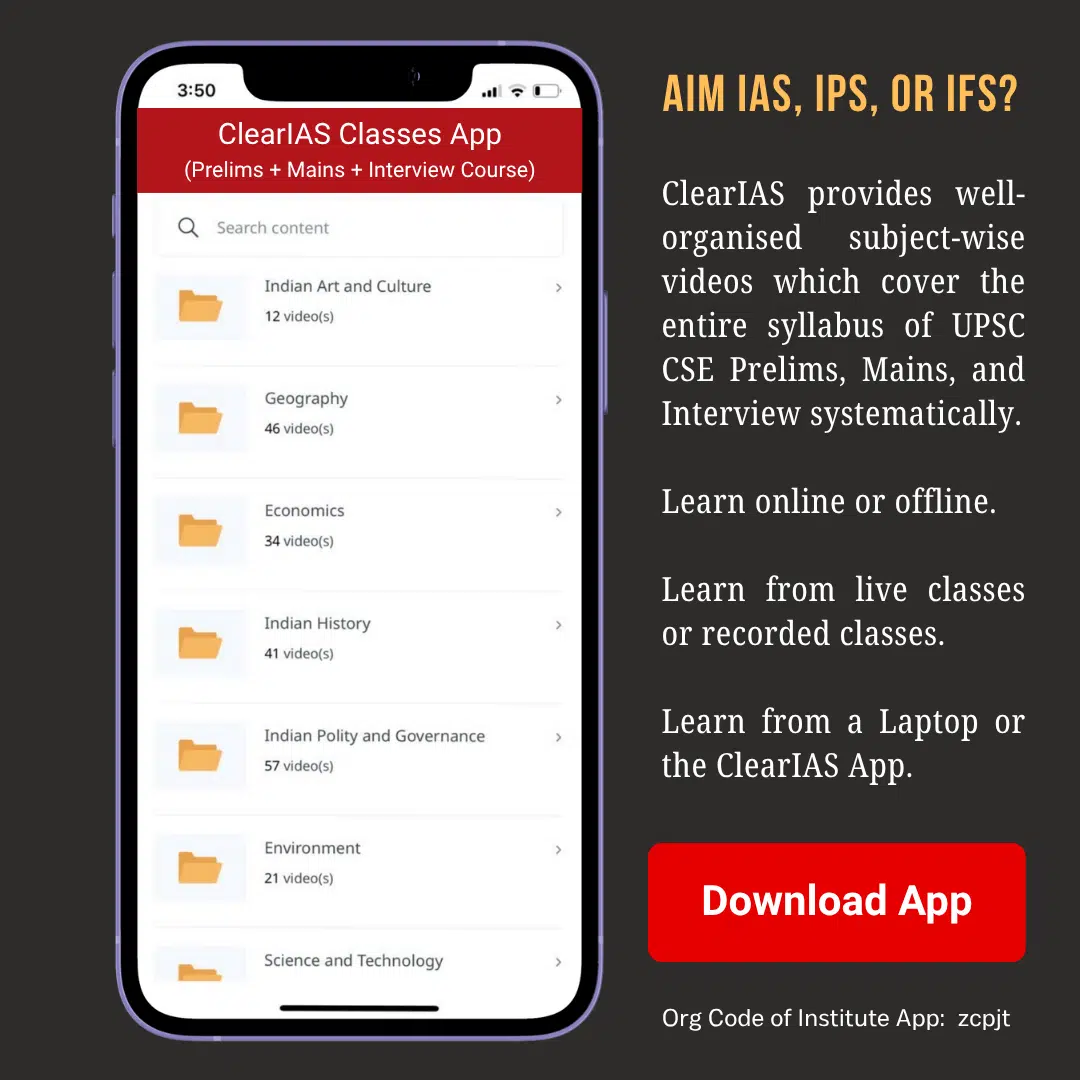
Freedom of speech and expression is a fundamental right under Article 19(1)(a) of the Constitution of India. The Supreme Court warned influencers that free speech doesn’t cover offensive commercial content, urging regulations to protect vulnerable groups. Read here to learn more.
However, this right is not absolute. Article 19(2) permits the State to impose reasonable restrictions in the interests of public order, decency, morality, and the sovereignty and integrity of India.
In the digital era, social media, commercial advertising, and influencer-driven communication have significantly broadened the scope of free expression.
Yet, this expansion has also given rise to hate speech, misinformation, and harmful content targeting vulnerable groups based on inherent characteristics like religion, race, caste, or ethnicity.
Courts and regulators are therefore grappling with how to strike a balance between free expression and accountability in the online domain.
Freedom of speech in commercial content
- Hate Speech
- Speech that targets individuals or groups based on inherent characteristics such as religion, caste, ethnicity, race, or gender.
- It undermines equality, fuels social divisions, and may provoke violence.
- Commercial Speech
- Includes advertising and speech with an economic intent (brand endorsements, influencer promotions, etc.).
- Though protected under Article 19(1)(a), it is subject to stricter regulation, especially when misleading or harmful to consumers.
- Accountability of Influencers
- With millions of followers, influencers have a disproportionate impact on public discourse and consumption choices.
- Courts have emphasised the need for them to act responsibly and transparently, disclosing sponsorships and avoiding the dissemination of misleading or harmful content.
Judicial Perspectives
- Amish Devgan v. Union of India (2020)
- The Supreme Court distinguished between free speech and hate speech/prohibited speech.
- Held that speech promoting violence, hatred, or discrimination cannot claim constitutional protection.
- Emphasised the heightened responsibility of influencers and media personalities, given their large audiences.
- Shreya Singhal v. Union of India (2015)
- Struck down Section 66A of the IT Act, 2000, which criminalised offensive messages online.
- Court clarified that only speech involving incitement to imminent harm can be curtailed.
- This landmark case safeguarded legitimate online expression from arbitrary restrictions.
Together, these judgments reflect the judiciary’s nuanced approach: protecting free speech, but not hate speech.
Imran Pratapgadhi vs. State of Gujarat: Free Speech, Hate Speech, and Legal Safeguards
The Gujarat High Court, in Imran Pratapgadhi vs. State of Gujarat, dealt with an FIR registered against Rajya Sabha MP Imran Pratapgadhi.
He was accused of making remarks that allegedly promoted enmity between communities under Section 153A of the Indian Penal Code (IPC), 1860.
Section 153A IPC penalises speech or acts that:
- promote enmity between different groups based on religion, race, place of birth, residence, language, etc., and
- disturb public tranquillity.
With the Bharatiya Nyaya Sanhita (BNS), 2023 replacing the IPC, Section 196 BNS now performs this role, penalising actions or speech that incite hatred, enmity, or disharmony between groups.
Legal Framework for Regulating Online Content
- Information Technology (IT) Act, 2000
- Primary law governing online activity in India.
- Section 69A empowers the government to block access to content in the interest of sovereignty, integrity, or public order.
- Basis for government action against social media platforms hosting unlawful content.
- IT Rules, 2021 (amended in 2022–23)
- Mandates due diligence by intermediaries (social media, OTT platforms).
- Requires grievance redressal mechanisms and accountability for harmful/misinformation.
- Introduces oversight by a Grievance Appellate Committee.
- Cinematograph Act, 1952
- Regulates films and content displayed to the public.
- Prohibits works that criticise, malign, or slander individuals or communities.
- Recently amended (2023) to tackle piracy and online exhibition of uncertified films.
- Consumer Protection Act, 2019
- Influencers and advertisers may be held liable for misleading advertisements.
- Central Consumer Protection Authority (CCPA) has issued guidelines on social media endorsements.
Concerns & Challenges
- Vagueness of Laws: Broad terms like “public order” or “decency” can be misused for censorship.
- Influencer Economy: Lack of strict oversight means misleading endorsements can harm consumers.
- Overregulation vs Free Speech: Striking the balance between protecting rights and preventing harm remains contentious.
- Global Platforms: Enforcement challenges with multinational social media companies.
Way Forward
- Comprehensive Guidelines: As directed by the Supreme Court, the government must issue clear rules for online content and influencer accountability.
- Targeted Legislation: Instead of vague bans, specific laws against hate speech and misinformation are needed.
- Proportionate Penal Measures: Influencers, platforms, and advertisers should face graded penalties, warnings, fines, and compensation to victims.
- Digital Literacy: Empower citizens to differentiate free expression from harmful propaganda.
- Independent Oversight: Strengthen self-regulation with independent bodies, ensuring platform transparency without stifling creativity.
Conclusion
India stands at a crossroads between being a vibrant democracy with robust free speech and a responsible digital society that curbs hate and misinformation.
The Supreme Court’s evolving jurisprudence, combined with modernised IT Rules and accountability frameworks, suggests that the future lies in responsible speech, transparent influencer practices, and precise regulation.
Free speech is not just about speaking freely, but also about speaking responsibly, especially in an era where one post, reel, or tweet can influence millions.
Related articles:







Leave a Reply